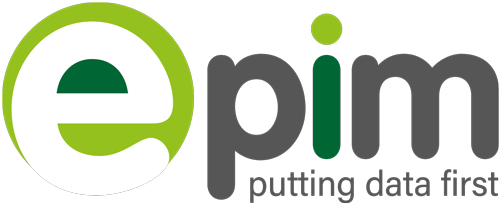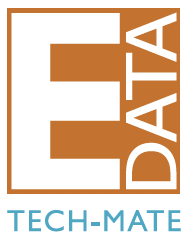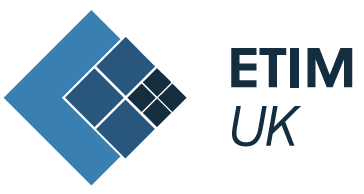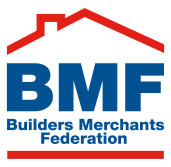Building Safety Revolution: The Role of the “Golden Thread”
Dame Judith Hackitt’s Building a Safer Future report, published in May 2018, brought to light the urgent need for a shift in the construction industry’s approach to building safety. The Grenfell Tower disaster underscored critical gaps in safety practices, making it clear that significant changes were necessary to ensure residents’ safety and peace of mind in high-risk buildings.
A pivotal recommendation from Hackitt’s report was the introduction of a “golden thread” of digital information. This concept involves maintaining a comprehensive and accessible digital record of essential safety data throughout a building’s entire lifecycle. By implementing this golden thread, stakeholders can make well-informed decisions that enhance the safety and management of buildings from design through to occupation.
The UK government has taken steps to adopt these recommendations through the Building Safety Bill. Key clauses within the bill, specifically clauses 32, 88, 89, and 90, require Dutyholders and Accountable Persons to create, maintain, and share building safety information in a prescribed digital format. This mandate ensures that crucial information remains accessible and accurate, even as project teams or building ownership changes.
Key Components of the Building Safety Bill
- Defined Responsibilities: Designating specific roles for ensuring safety throughout the design, construction, and occupancy of high-rise residential buildings (those 18 meters or 7 storeys and above).
- Regulatory Oversight: The establishment of a Building Safety Regulator to enforce rules and manage safety risks, with the authority to take action against non-compliance.
- Empowering Residents: Providing more avenues for residents to express safety concerns, with mechanisms to ensure these concerns are addressed seriously.
- Quality Control: Expanding rights for compensation related to poor workmanship and defects in buildings.
- Cultural Shift: Driving a broader industry-wide shift towards building safe, high-quality homes.
Preparing for the Golden Thread
For the construction industry to successfully integrate the golden thread, a comprehensive cultural and operational overhaul is essential. Organizations and individuals must familiarize themselves with the principles of the golden thread and consider how to apply them across their projects and workflows. Here are critical aspects to evaluate in preparation:
- Digital Readiness: Does your organization possess the digital skills necessary to implement the golden thread?
- Clarity in Requirements: Are you able to clearly define the necessary information requirements for fire and structural safety to your suppliers?
- Competence Verification: Are there procedures in place to assess the ability of potential contractors to provide the required safety information correctly and on time?
- Lifecycle Monitoring: Do you have the technology and expertise to ensure that safety information is accurate and up-to-date throughout the building’s lifecycle?
- Secure Accessibility: Is the safety information stored in a secure but easily accessible format for those who need it?
If the answers to these questions are affirmative, the next step is to compile the necessary documentation to demonstrate compliance with the Building Safety Regulator’s standards. Although the full implementation of these changes will take time, beginning the process now is crucial.
This initiative not only supports the ongoing digital transformation within the industry but also aims to improve economic growth, public services, and sustainability, while prioritizing the safety and quality of housing.
This is why a PIM is no longer a nice to have. Book a demo to find out more.







